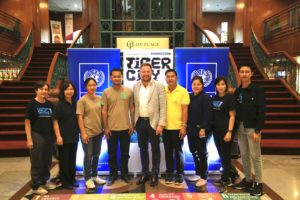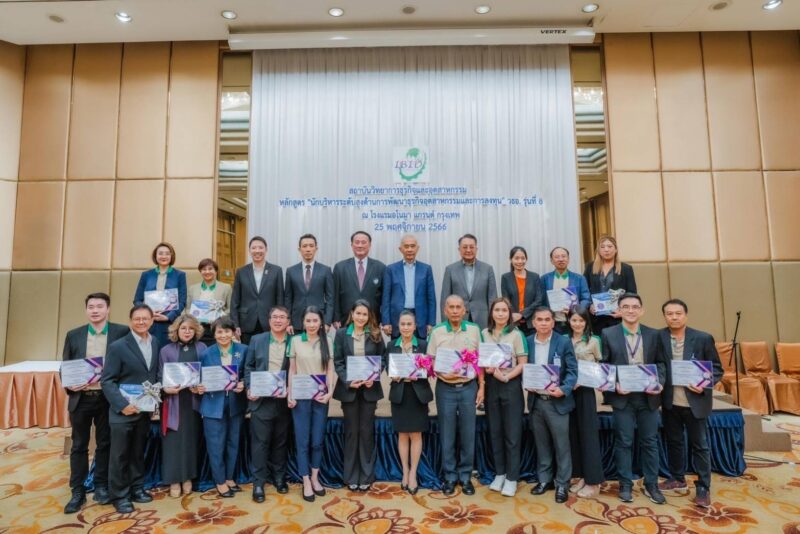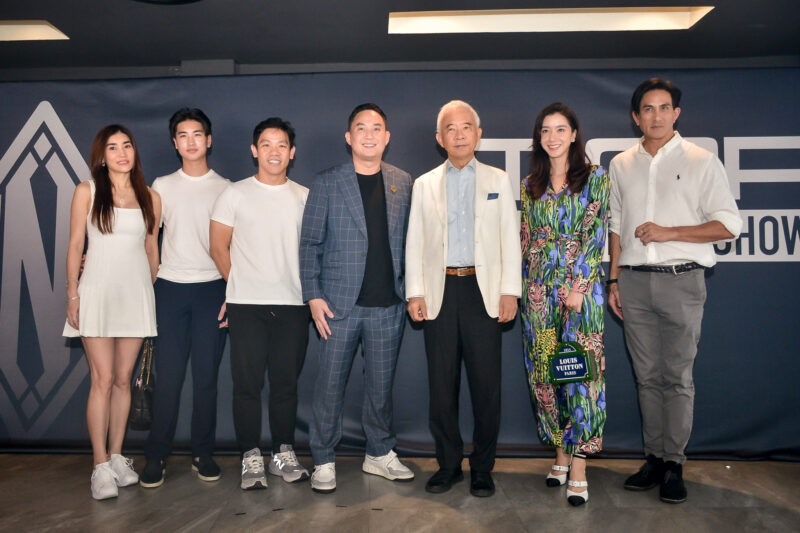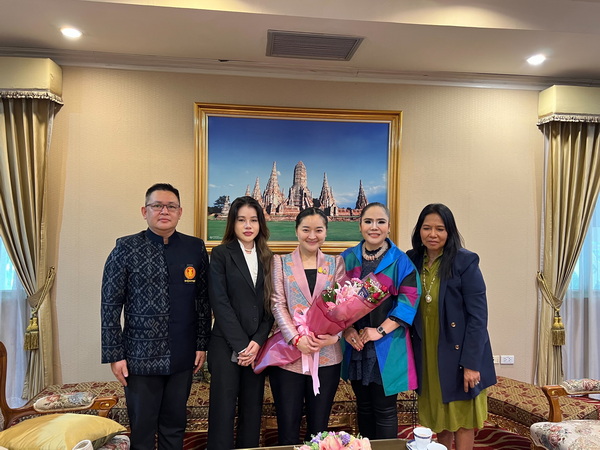
The United Nations Development Programme (UNDP) continues to provide inspiration under the Tiger Project to present the story about preserving the abundance of the forest and the coexistence of humans and wildlife in the forest. This is being designed for the first time to reflect the concept “Huai Kha Khaeng’s Coexistence” through “Tiger City: A Story from Huai Kha Khaeng” in the Bangkok Design Week 2020.
This will be the first time to bring this interesting story of the tiger’s world in the World Heritage Forest of Huai Kha Khaeng through a long research study of the tiger research team. This is being presented to the city people in an exhibition “Tiger City: A Story from Huai Kha Khaeng”, a reflective perspective from the new generation of designers of Studio150 to create another alliance to protect the wildlife in Huai Kha Khaeng to help drive the Tiger Project towards the UN’s Sustainable Development Goals.
Miss Phansiri Winichagoon, Director of the Tiger Project stated that creating awareness of the need to protect this World Heritage Site and establish understanding of environmental education for the local community to the threatened wildlife situation under this project will enhance the efficiency and inspiration in wildlife conservation in the Western Forest. This is a collaboration between the Department of National Parks, Wildlife and Plant Conservation and the UNDP. At present, the Huai Kha Khaeng Wildlife Sanctuary, a Natural World Heritage Site covers an area of 1.7 million rai, and the forest is home to the Indochina tiger population. More importantly, it is the last source in the world and the tiger population is the most densely populated in the country with about 50-80 animals.
The tiger is the highest predator on the food chain and is an indicator of the quality and management of conservation areas that shows the abundance of the important ecosystem of Huai Kha Khaeng. As that area can preserve tigers, this shows that there is a strong protection system that also results in protecting other wildlife including deer, gaur, banteng, etc. The preservation of tigers helps to preserve the forest and maintain the abundance of the ecosystem that has both direct and indirect benefits to humans at the same time.
The presentation of the story of preserving the abundance of the forest and the coexistence of humans and wildlife in the area of the Huai Kha Khaeng Wildlife Sanctuary is being conducted through Information Design including a short documentary “Tiger Eyes” by an exhibition “Tiger City: A Story from Huai Kha Khaeng “. This has received the support from the UNDP Thailand from the perspective of the designers of Studio150 and collaborators to produce this story to be like it is far away but up closer to the city people.
This is because when experiencing the concepts of the lifestyle and work of the people in the area of the Huai Kha Khaeng Wildlife Sanctuary, it requires protecting the forest from the interior by the patrols of the forest rangers of the Wildlife Sanctuary as well as protecting the forest from the exterior through the guidelines of creative development from the community in creating a sustainable buffer area, so that the community can live together sustainably with the wildlife. This includes the restoration of the wildlife’s natural habitat through the participation of preserving the forest as a home for wildlife together with learning about the nature and agriculture that can generate benefits for both humans and wildlife simultaneously. Now, it can be seen that there is an important alliance of the sustainable coexistence of humans and wildlife in a neighbouring buffer zone. This can promote the well-being of the local people that is known as “Wildlife Friendly Community”. Furthermore, it can initiate the creative development of community products under the concept of “Wildlife Friendly Products”, which can build and lead to a positive change for society, the surrounding communities, and sustainability for the future.






